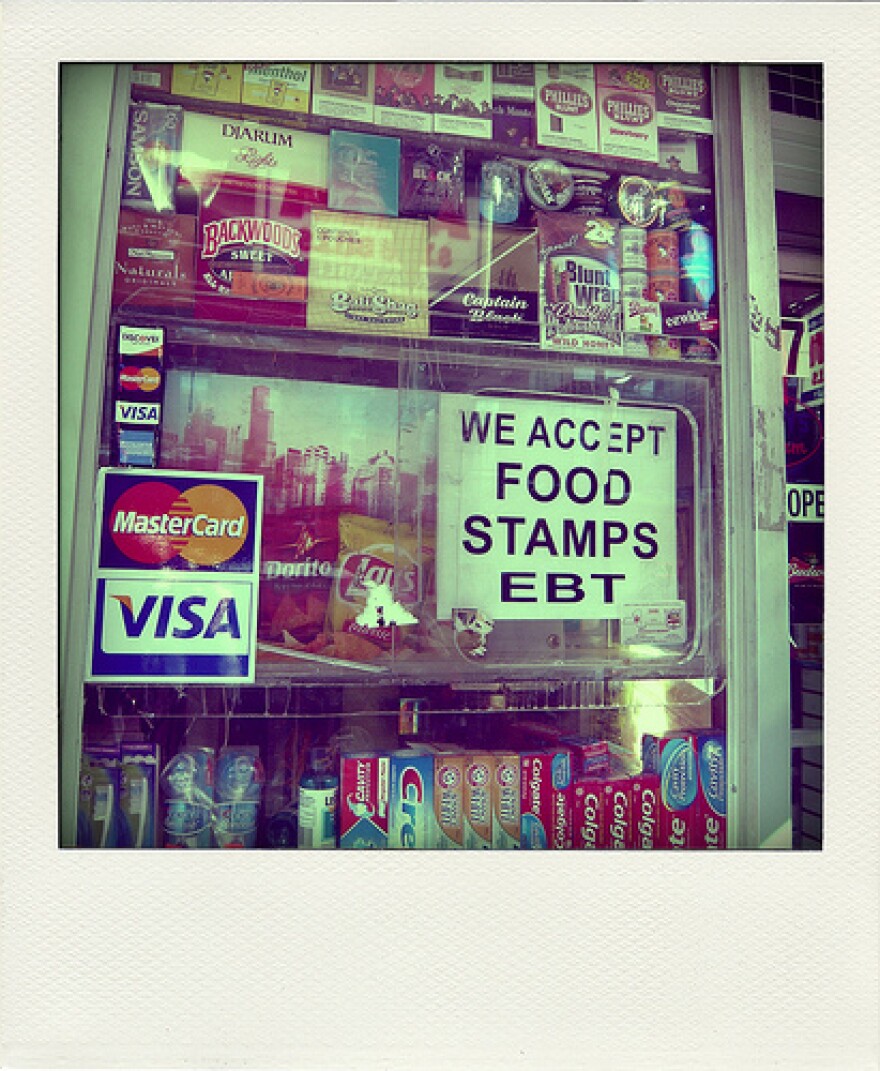There has been very little talk about poverty in this election. Just how little, you ask? So little there was an entire #talkpoverty twitter campaign to try to get the topic front and center at the three presidential debates. No such luck.
Our State of Opportunity project is all about disadvantaged children and what it would take to help them get ahead. So that got me thinking: Where exactly do the two candidates stand in terms of policies that directly impact kids in poverty? I'm currently working on that story, talking to experts in three key areas - education, tax reform, and healthcare. Stay tuned next week to hear the results...
Meantime, there was some movement in the poverty debate in a speech Republican vice presidential nominee Paul Ryan made yesterday at Cleveland State University. According to The Washington Post, Ryan "pitched a private charity-based strategy for fighting poverty, saying that top-down, government anti-poverty programs have created a 'debilitating culture of dependency wrecking families and communities.'"
It's not a surprise that Ryan would champion private-based charities over what he calls top-down government. But how realistic is that approach?
Marketplace's Shereen Marisol Meraji checked in with a poverty expert at the Center for American Progress to figure out just how much weight charities would have to pull to make up for cuts Ryan and Republican presidential nominee Mitt Romney would enact if elected. Here's what she found out:
Melissa Boteach, a poverty expert at the Center for American Progress, says private charities have always played a role, but "if the Romney/Ryan plan for nutrition assistance were to go into effect, every church in the United States would have to raise $50,000 a year for the next 10 years just to replace the food assistance that would be cut for families struggling to make it in this economy."
The Center on Budget and Policy Priorities has an in depth look at the program cuts that would have to be made in order to meet Governor Romney's budget proposal to "cap total federal spending at 20 percent of gross domestic product (GDP) and boost defense spending to 4 percent of GDP." Here's what the Center found in terms of SNAP benefits (food stamps):
Reducing SNAP by those percentages would cause 10 to 14 million fewer low-income people to be assisted in 2016, SNAP benefits to be reduced by $1,300 to $1,800 a year for a family of four, or some combination of the two. (The reductions depend on whether Medicare is subject to cuts or is exempted.) These cuts would primarily affect poor families with children, elderly individuals, and people with disabilities.
To be fair, President Barack Obama hasn't talked much about the poor during the 2012 campaign cycle either. But in terms of SNAP benefits specifically, Mr. Obama temporarily increased SNAP by $26 billion under the Recovery Act of 2009, providing some 46 million people with debit cards used to purchase food each month. Mr. Obama's FY2013 budget proposal calls for restoring SNAP benefits after they're set to expire in 2013.






